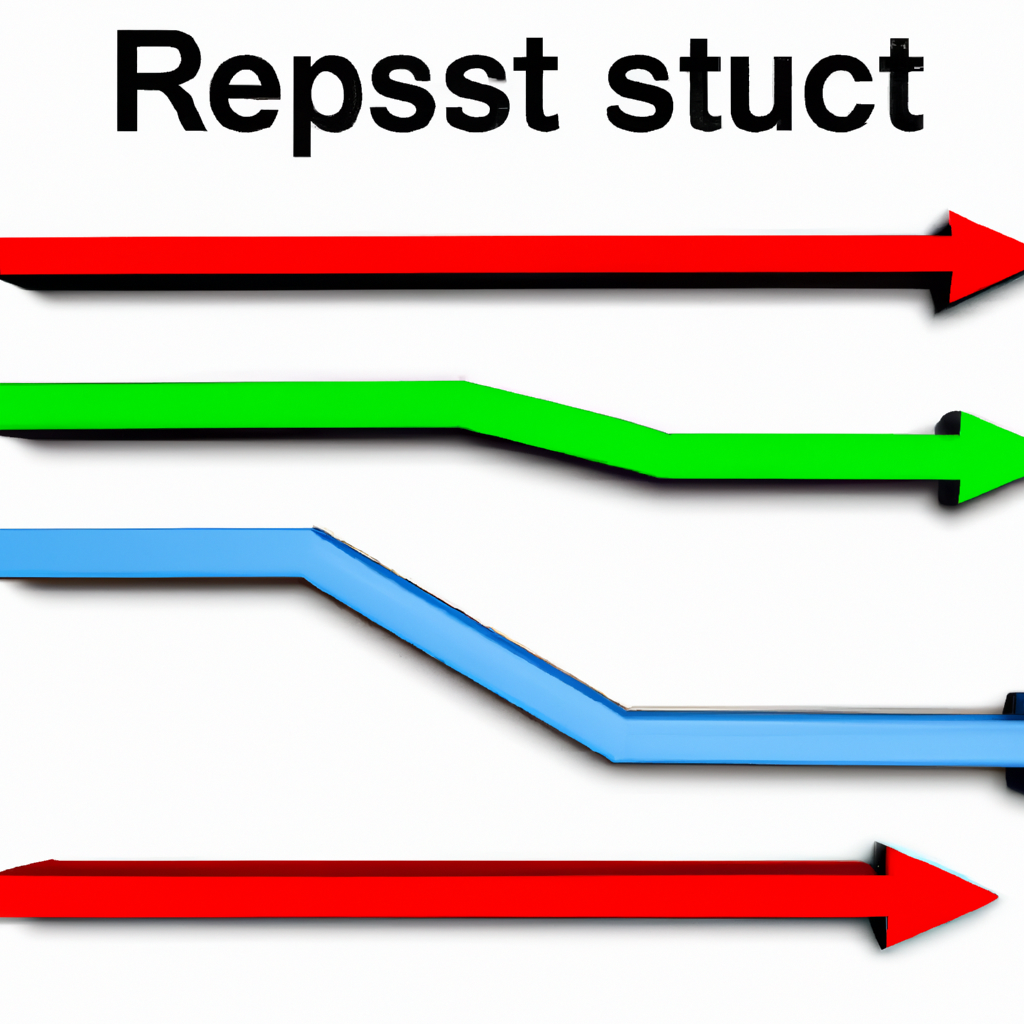
Understanding Support and Resistance Levels in Trading
Understanding Support and Resistance Levels
Support and resistance levels are key concepts in technical analysis that help traders identify potential entry and exit points in the market. These levels are based on the idea that the price of an asset tends to move within certain boundaries, with support acting as a floor that prevents the price from falling further and resistance acting as a ceiling that prevents the price from rising higher.
Support Levels
Support levels are price levels where a stock or asset tends to find buying interest, preventing it from falling further. These levels are often seen as opportunities to buy, as traders believe that the price is likely to bounce back up from the support level. Support levels can be identified by looking at previous lows or areas where the price has consistently bounced back from in the past.
Resistance Levels
Resistance levels, on the other hand, are price levels where a stock or asset tends to find selling interest, preventing it from rising higher. These levels are seen as opportunities to sell, as traders believe that the price is likely to reverse and move back down from the resistance level. Resistance levels can be identified by looking at previous highs or areas where the price has struggled to break through in the past.
Using Support and Resistance Levels in Trading
Traders can use support and resistance levels to make informed decisions about when to enter or exit trades. When a stock or asset approaches a support level, traders may look for buying opportunities, expecting the price to bounce back up. Conversely, when a stock or asset approaches a resistance level, traders may look for selling opportunities, expecting the price to reverse and move back down.
It is important to note that support and resistance levels are not fixed and can change over time as market conditions evolve. Traders should always be on the lookout for new support and resistance levels forming and adjust their trading strategies accordingly.
Conclusion
Support and resistance levels are important tools in technical analysis that can help traders identify potential entry and exit points in the market. By understanding how these levels work and using them effectively in trading, traders can increase their chances of success and make more informed decisions in the market.